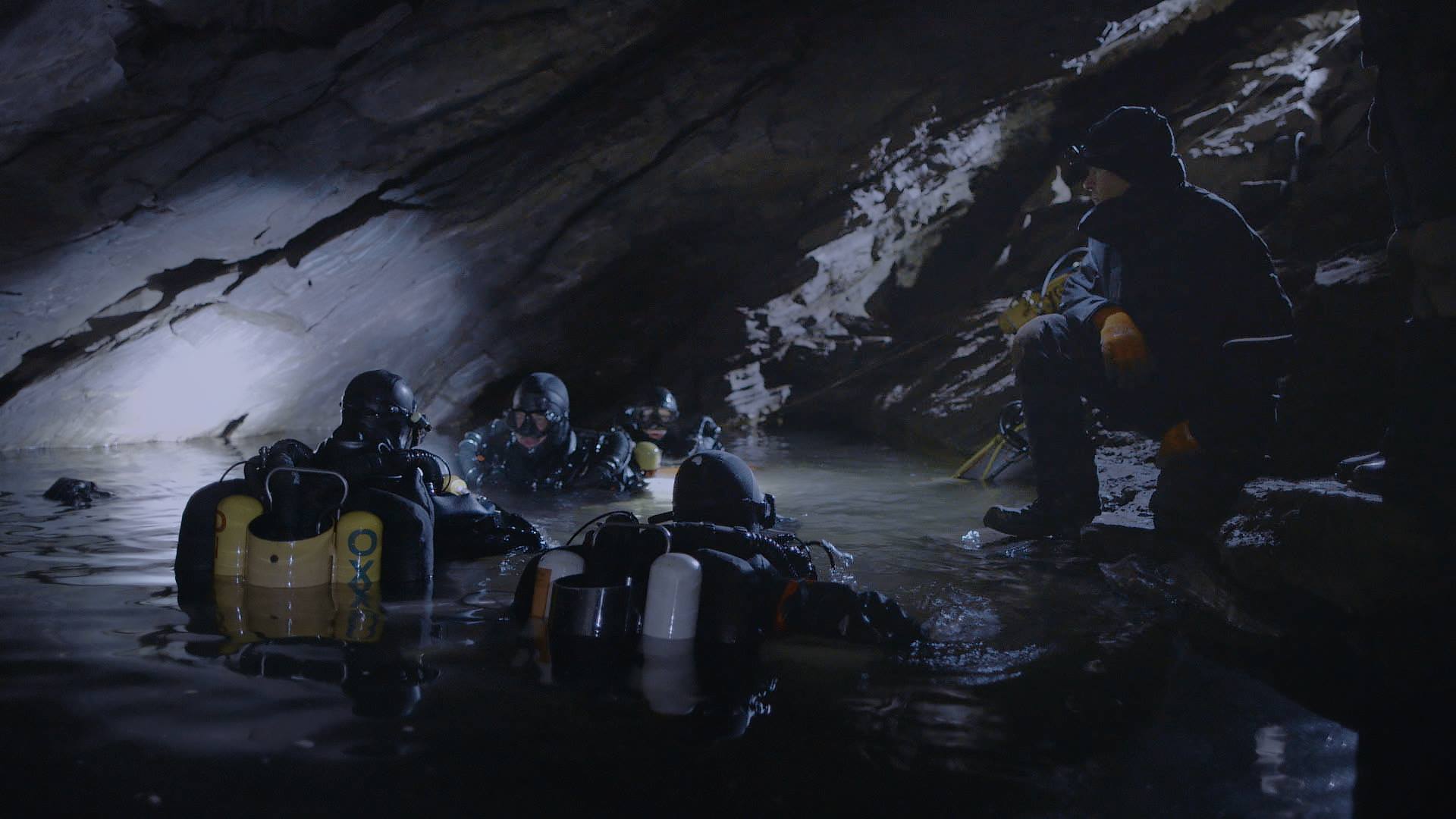We’ve teamed up with Seiko, who make the Prospex PADI Special Edition Kinetic Dive Watch to look at the challenges faced by divers, and why accurate timekeeping is essential in the most extreme underwater environments.
To the casual observer, scuba diving probably doesn’t look like a dangerous sport. The movements are slow and floaty, the communication is silent hand signals rather than frantic shouts, and there’s a certain stillness to the world beneath the water that just looks calm and relaxing.
Of course diving can be calm and relaxing, and usually is. But it’s also deceptively dangerous – especially at the extreme end of the sport. Whether it’s getting trapped in caves, running out of air or succumbing to the bends, the potential pitfalls are plentiful. Careful planning and accurate timekeeping (needed to calculate decompression stops and air reserves) is everything. And as these incredible tales of survival show, the smallest miscalculation can have fatal consequences.
Returning to the Darkness

In February 2014, a group of five Finnish divers cut a hole in the ice of the frozen Plura river in Norway, and dividing into two groups, slipped under the water. Their objective was the Steinugleflaget opening at the other end of the elaborate Plurdalen cave system.
To get there, the five friends would have to negotiate narrow, pitch-black passages, and swim down to depths of 130 metres. Most recreational divers operate at depths of around 30 metres, and won’t stay underwater for much longer than an hour or so. But these Finns were not most divers. All hugely experienced underwater cave explorers, they relished these sorts of extreme challenges. Several of the group had done the traverse before.









